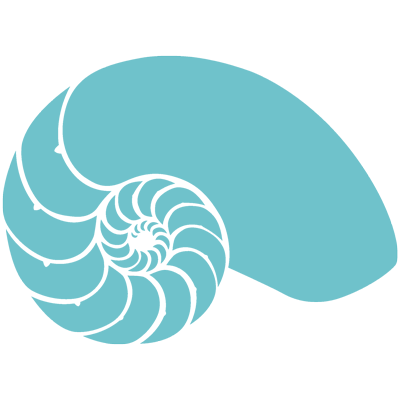History of Tinnitus
Elizabeth Willingham, M.D., July 22, 2004
The first written account of medical treatment of tinnitus is all the way back to the Egyptians. For the bewitched ear and humming in the ears, they would infuse oil, frankincense, tree sap, herbs, and soil; and they would administer it via a reed stalk that they put in the external ear. The Mesopotamians documented on clay tilework their rituals and chants, and they used to chant to get rid of the whispering or singing in the ears. These are two of the chants. "Whoever thou may be, may E restrain me." This is E depicted in the figure. He was the god of water. The other incantation was, "It hath flown against me. It hath attacked me. O seven heavens, seven earths, seven winds, seven fires, by heaven be ye exorcised." I do not think they worked.
Early Greco-Roman medicine defined the treatment of tinnitus based on the cause of the disease, so they were the first to really try to relate the two. If it stemmed from a cold, then the ear should be cleaned and the breath held until some humor froths out from it. If the tinnitus stems from the head, then exercise, rubbing, and gargling should be carried out, as well as dieting and placing radish, cucumber juice, honey, and vinegar in the ear. Later, the works of Hippocrates and Aristotle really were the first to introduce the idea of masking. They were fond of saying, "Why is it that buzzing in the ear ceases if one makes a sound. Is it because a greater sound drives out the less?"
In the Middle Ages, they continued with this pouring of things into the ear, and a Welsh treatment recommended to take a loaf of hot bread, divide it in two, and put it in each ear as hot as you could take it and thus perspire and by the help of God you would be cured. That sounds like it is from the Middle Ages, but here is a picture of ear candling, which is still done in alternative medicine. A burning candle is put in the ear to try to draw out wax and other debris. But, in addition, some proponents of candling say it is good for tinnitus and sinus problems.
In the Renaissance, we saw the introduction of surgery into the treatment of tinnitus. The thought was that wind would become entrapped in the ear and circle around and around inside it, and so they would trephinate the mastoid to allow the wind to escape.
In the 19th century, the work of Frenchman, Jean Marie Gaspard Itard advanced the study of tinnitus with some progressive ideas that we still adhere to today. Most tinnitus is associated with hearing loss. He gave the earliest descriptions of objective versus subjective tinnitus, and he recognized that the treatment often failed but, meanwhile, the physician was to make the tinnitus less unbearable. Usually he did this with masking. Finally, in the 19th century, we saw advances in technology and in the germ theory and anesthesia. Electrical stimulation evolved as a treatment, and germ-free surgery allowed more attempts at surgical therapy, including ligation of offending blood vessels as well as incudectomy.
